Aedes Population: Six-fold rise in four months
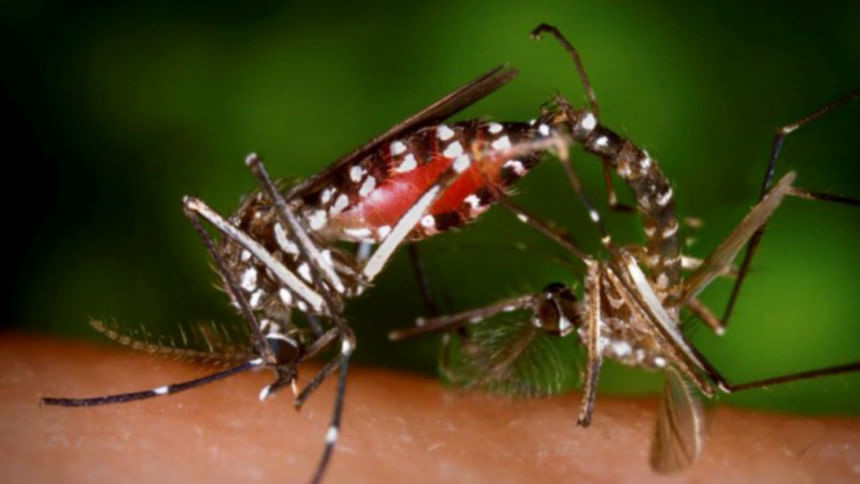
The concentration of adult mosquito in the capital is nearly six times that in the pre-monsoon period, a key reason behind the rising dengue cases, an ongoing government survey has found.
The density of mosquito larvae is also much higher, meaning the mosquito population will grow further in the coming days, according to the survey being done by the Directorate General of Health Services (DGHS).
Experts say this rising mosquito population makes it clear that the mosquito control programmes are inadequate and ineffective.
“If the control measures were sufficient, the situation would not be this frightening,” said Mahmudur Rah-man, former director of the Institute of Epidemiology Disease Control and Research.
“There are some gaps. Medicines should be sprayed in proper concentration and composition. Spray should be done with larvicide and adulticide,” he added.
Dengue situation has taken an alarming turn this year not only in Bangladesh, but also in other countries in the region, including Pakistan, Nepal, Sri Lanka, Maldives, Malaysia, Thailand, Cambodia, Laos, Phil-ippines, Singapore and Vietnam, according to the European Centre for Disease Prevention and Control.
In Bangladesh, at least 10,528 people have been infected with dengue as of yesterday. At least 683 new cases were reported in the last 24 hours, the highest in a single day so far this year, according to the DGHS.
The DGHS put the death toll at eight so far although hospital sources said the viral fever, caused by Ae-des mosquito bite, claimed at least 30 lives.
The number could be much higher as many dengue cases go unreported, they added.
On July 17, the DGHS began a survey to measure the concentration of mosquito population in the capi-tal based on samples from 1,000 homes spread over 97 wards of the two city corporations. Data collec-tion ended yesterday.
Primary data from half the houses show the concentration of adult mosquito is 207. It was only 36 in the pre-monsoon period survey, conducted between March 3 and 12 using the same samples.
The density of larvae is also much higher.
The researchers took into account Breteau Index or BI to assess the presence of larvae. BI level beyond 20 means the presence of larvae is risky for inhabitants.
In the pre-monsoon survey, it was 26 and 21 in the south and north city corporations accordingly. The latest findings show it is 79 and 57.
Researchers found most larvae of Aedes mosquito in water collected over the ground, from abandoned tyres, plastic drums, buckets, open tanks and flower tubs.
“The number of adult mosquito and larvae of Aedes is high and so is the dengue infected patients. If rain does not stop and temperature as well as humidity do not fall, the number of dengue infected patients may rise,” said Prof Sanya Tahmina, director of communicable disease control at the DGHS.
Talking to The Daily Star yesterday, she also recommended multidimensional and comprehensive actions before the situation worsens further.
LACK OF MANPOWER, EQUIPMENT
In the current fiscal year, the budget for mosquito control in Dhaka South City Corporation (DSCC) is Tk 26 crore while it is Tk 21 crore for Dhaka North City Corporation (DNCC).
Brig Gen Sharif Ahmed, chief health officer of the DSCC, said they did not have enough manpower, es-pecially skilled ones, to launch an aggressive mosquito-control campaign.
“We have 429 people in the mosquito control division. Most of them are unskilled people and day la-bourer. If we could ensure 12-14 people in every ward, the situation would be better,” he told The Daily Star.
The DSCC spans over around 109 square kilometres and it is difficult to cover the entire area, as much of it is highly unplanned, he added.
To cover its 75 wards, the DSCC has just 416 spray machines, 349 fogging machines and 18 wheelbar-row sprayers.
Brig Gen Momimur Rahman Mamun, chief health officer of the DNCC, said they had only 280 people for mosquito control against their requirement for 600 to run the operation smoothly.
In the wake of the dengue outbreak, they deployed five day-labourers in each ward to tackle the situa-tion.
“We are spraying regularly but we need to engage the whole community. Without their participation, it is really difficult to contain the situation,” he said.
The DNCC, which spans over 82 square kilometres, has only 459 spray machines, 322 fogging machines and 10 wheelbarrow sprayers.
“With these machines, we used to operate in 36 wards. But now we have to cover 54 wards [after the in-clusion of 18 new wards last year]. So you can understand the limitation although we are trying our best,” he said.
Additionally, officials say the chemicals being sprayed are ineffective against mosquitos as they had grown resistance to this particular insecticide.
“We have requested the IEDCR and the CDC to give us recommendations as to what insecticides should be used and in what composition. Once we get the recommendations, we will use it,” DNCC Mayor Atiqul Islam told The Daily Star.
MM Aktaruzzaman, DGHS deputy programme manager for Malaria and Aedes Transmitted Diseases, said they were reviewing the registered insecticides before making the recommendations.

 For all latest news, follow The Daily Star's Google News channel.
For all latest news, follow The Daily Star's Google News channel. 

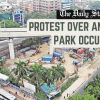
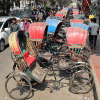
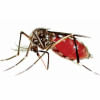
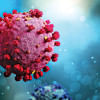


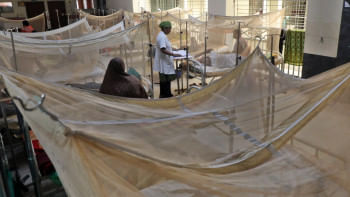
Comments